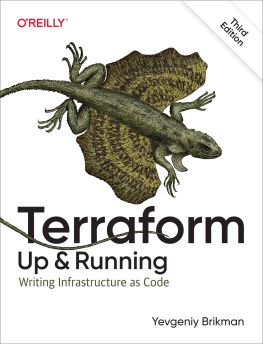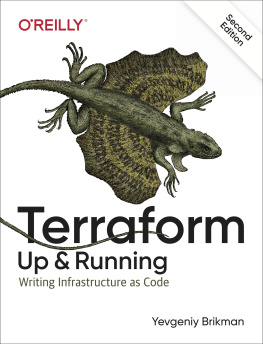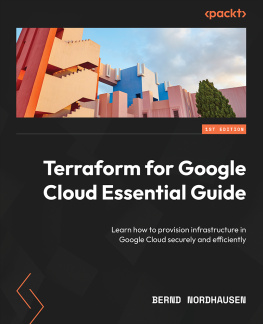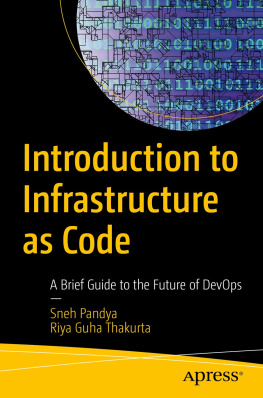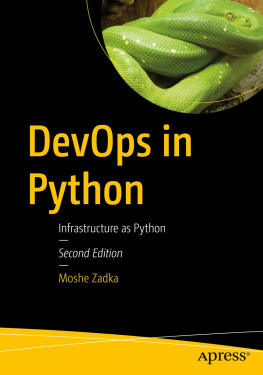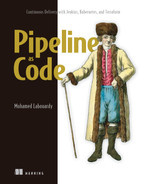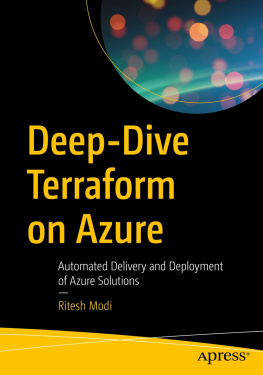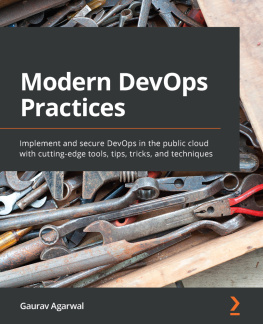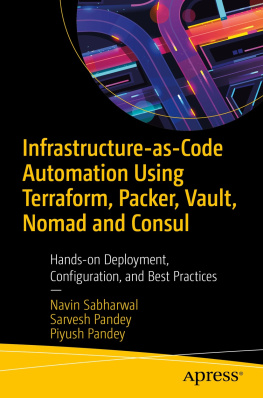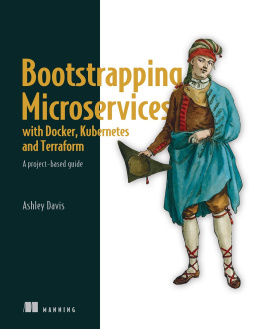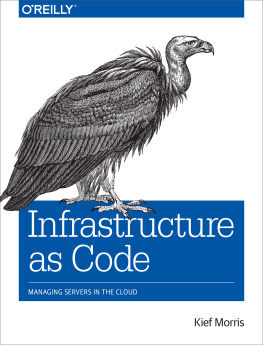Yevgeniy Brikman - Terraform: Up and Running: Writing Infrastructure as Code
Here you can read online Yevgeniy Brikman - Terraform: Up and Running: Writing Infrastructure as Code full text of the book (entire story) in english for free. Download pdf and epub, get meaning, cover and reviews about this ebook. year: 2022, publisher: OReilly Media, genre: Computer. Description of the work, (preface) as well as reviews are available. Best literature library LitArk.com created for fans of good reading and offers a wide selection of genres:
Romance novel
Science fiction
Adventure
Detective
Science
History
Home and family
Prose
Art
Politics
Computer
Non-fiction
Religion
Business
Children
Humor
Choose a favorite category and find really read worthwhile books. Enjoy immersion in the world of imagination, feel the emotions of the characters or learn something new for yourself, make an fascinating discovery.
- Book:Terraform: Up and Running: Writing Infrastructure as Code
- Author:
- Publisher:OReilly Media
- Genre:
- Year:2022
- Rating:3 / 5
- Favourites:Add to favourites
- Your mark:
Terraform: Up and Running: Writing Infrastructure as Code: summary, description and annotation
We offer to read an annotation, description, summary or preface (depends on what the author of the book "Terraform: Up and Running: Writing Infrastructure as Code" wrote himself). If you haven't found the necessary information about the book — write in the comments, we will try to find it.
Terraform has become a key player in the DevOps world for defining, launching, and managing infrastructure as code (IaC) across a variety of cloud and virtualization platforms, including AWS, Google Cloud, Azure, and more. This hands-on third edition, expanded and thoroughly updated for version 1.0 and beyond, shows you the fastest way to get up and running with Terraform.
Gruntwork cofounder Yevgeniy (Jim) Brikman takes you through code examples that demonstrate Terraforms simple, declarative programming language for deploying and managing infrastructure with a few commands. Veteran sysadmins, DevOps engineers, and novice developers will quickly go from Terraform basics to running a full stack that can support a massive amount of traffic and a large team of developers.
- Compare Terraform with Chef, Puppet, Ansible, CloudFormation, and Pulumi
- Deploy servers, load balancers, and databases
- Create reusable infrastructure with Terraform modules
- Test your Terraform modules with static analysis, unit tests, and integration tests
- Configure CI/CD pipelines for both your apps and infrastructure code
- Use advanced Terraform syntax for loops, conditionals, and zero-downtime deployment
- Get up to speed on Terraform 0.13 to 1.0 and beyond
- Work with multiple clouds and providers (including Kubernetes!)
Yevgeniy Brikman: author's other books
Who wrote Terraform: Up and Running: Writing Infrastructure as Code? Find out the surname, the name of the author of the book and a list of all author's works by series.

